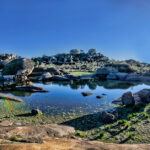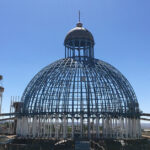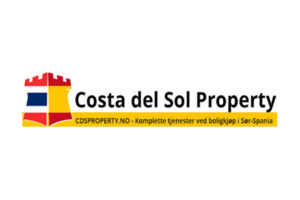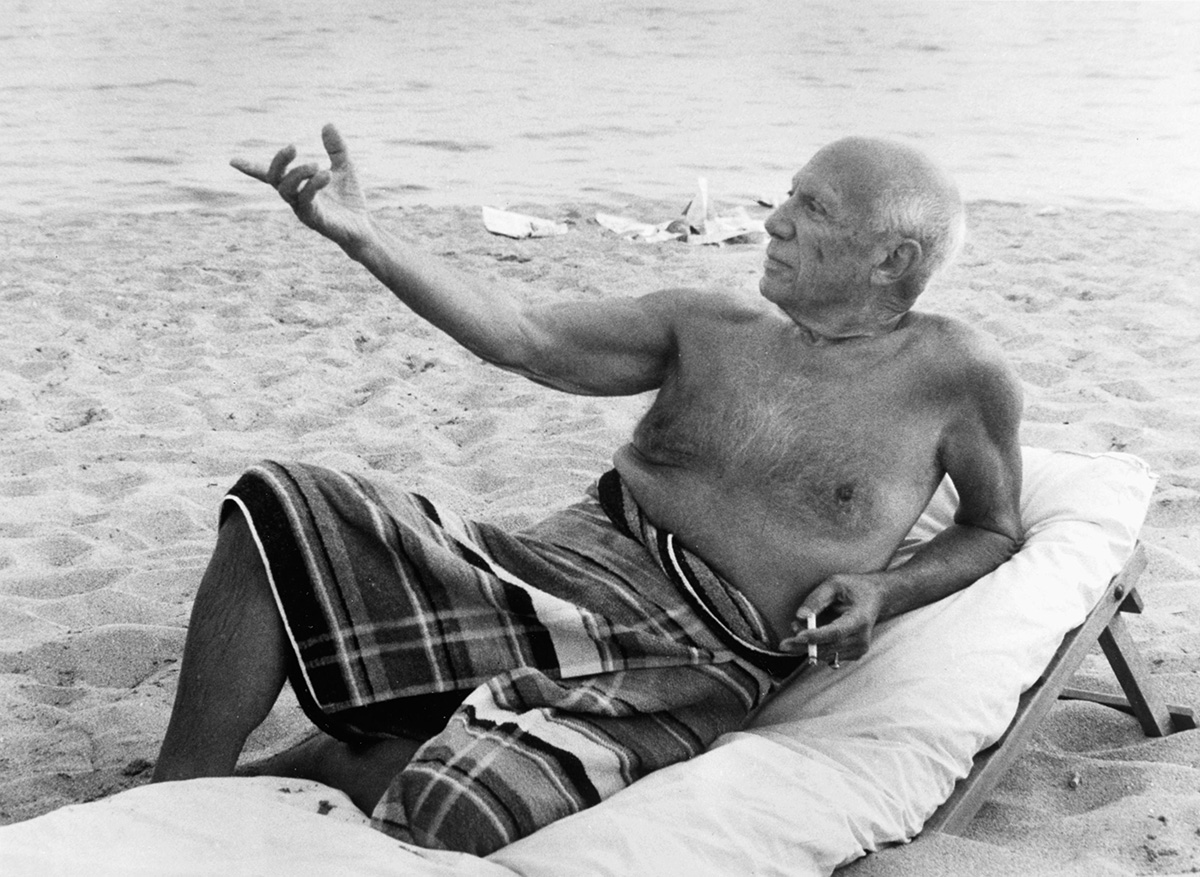
Andalucía, with its vast fields, generous vineyards, scorching heat, breathtaking summits, and a whole palette of blue that is born where the Mediterranean Sea meets the Atlantic Ocean, is an unsurprising cradle for visual and sensual inspiration. Here are just a few of the creatives this land has nurtured over the centuries.
Article by Anastasia Sukhanov
The process of making art, just like the concepts of genius and inspiration, is elusive. Entire careers are dedicated to deciphering what might have inspired the artist, investigations are launched into the origins of song lyrics, guesses are made as to who the characters of novels are based on. There is no doubt about one thing – the artist’s origins and surroundings will always find a way into his process and, ultimately, his body of work.

Often thought of as a native madrileño, thanks to his position as the king’s court painter, Diego Velázquez was born in June 1599 in central Seville. His father, of Portuguese origin, was an ecclesiastical notary while his grandparents had been merchants and artisans who lived comfortably but no excess. The house where Diego was born, which in the 16th century was in the heart of La Morería, the Moorish neighborhood of Seville, has now been turned into a museum. At 11 years of age Velázquez started his training at Pacheco’s workshop, which stood where now one finds the charming 4-star Hotel Venecia. Before his move to Madrid, Velázquez married Pacheco’s daughter and had two kids, having painted “Old Woman Frying Eggs” and other famous pieces of his youth at his house on Calle de Porto.
Interestingly enough, the house where Diego Velázquez was born was used for different cultural and artistic purposes in the 70s, such as the M11 contemporary art gallery, and the workshop of another famous descendants of Seville, fashion designers Victorio and Lucchino.
Victorio & Lucchino
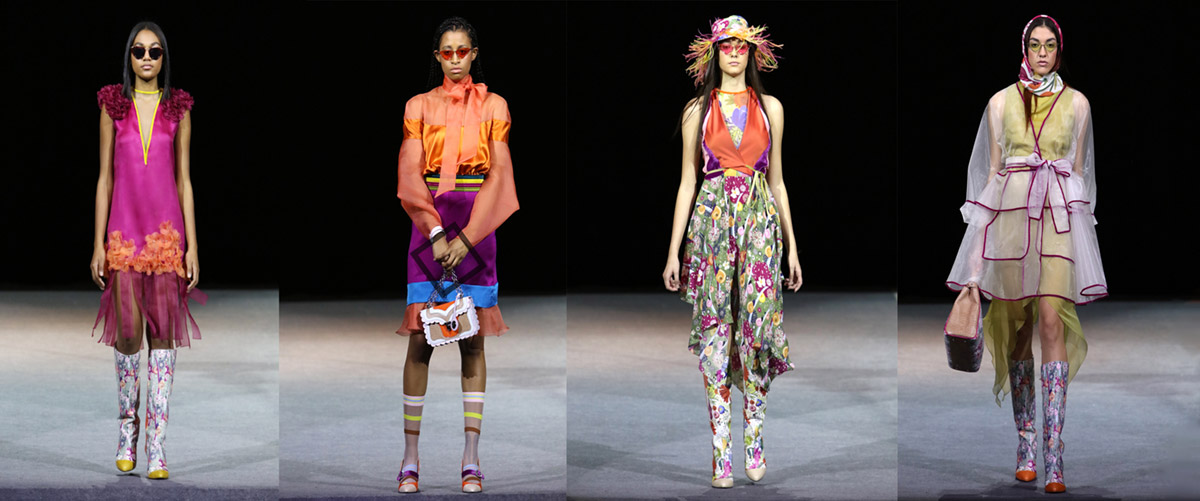
Milan, New York, Paris… These are the places that come to mind when one thinks of high fashion. However, Victorio, José Víctor Rodríguez Caro and the native of Sevilla Lucchino, José Luis Medina del Corral, first met as colleagues at the design department of a sevillan firm. For 32 years, between 1985 y 2017, the Diego Velázquez house served as their atelier, which they had to give up due to a tax dispute with the townhall. The designers have decided to keep their Spanish ties alive and have, in fact, reestablished their local influence with quite a statement.
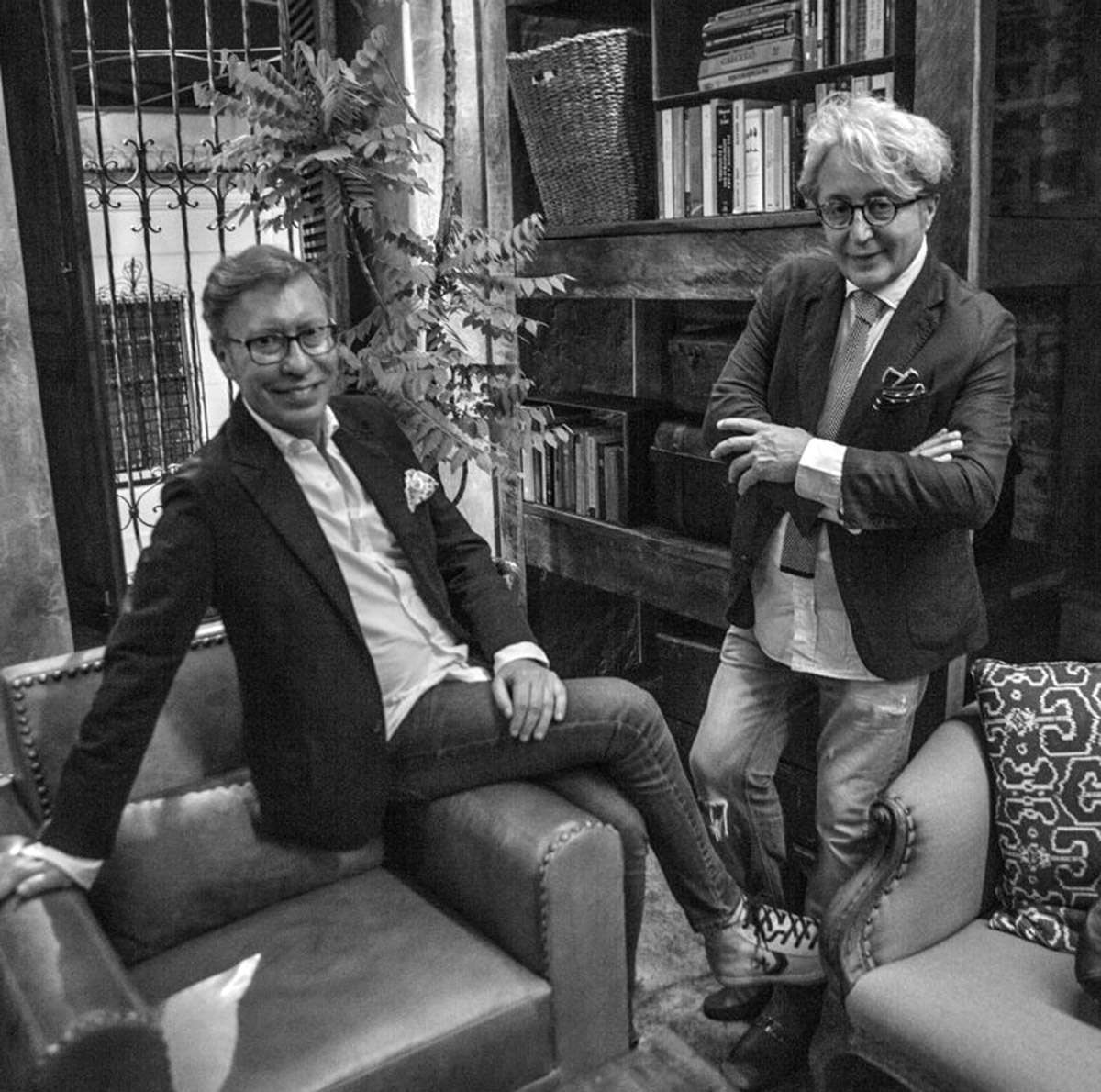
Last month saw the inauguration of El Museo Santa Clara Espacio Fundación Victorio & Lucchino, situated in the old Santa Clara convent of Palma del Río. The 3000 sq.m. space is dedicated to 4000 fashion pieces they earlier donated to the town, being the first ever foundation in Spain built around the legacy of modern designers that are still actively at work.
Pablo Picasso
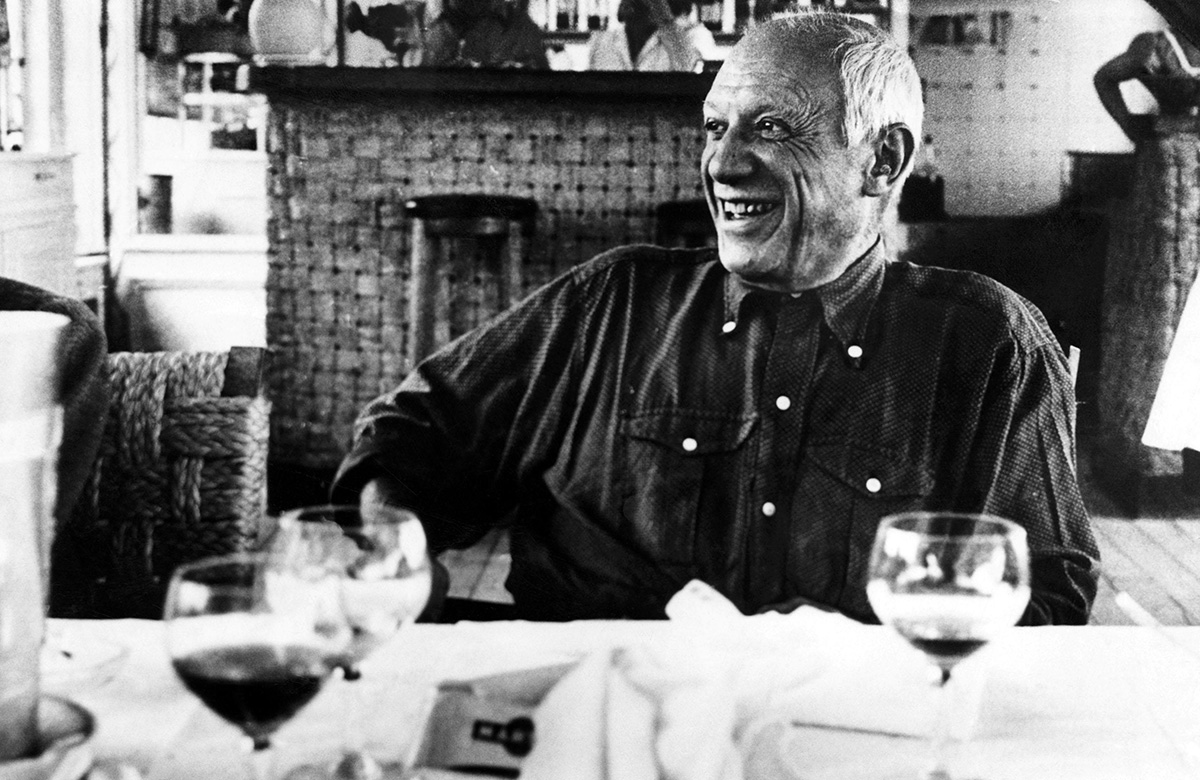
Picasso might have only lived in Málaga until the age of ten, but the colours of southern Spain transpire in many of his works, along with the basics of painting he learned from his father, then a professor of art at the School of Crafts in Málaga. Not to confuse one with the other, there are now two museums dedicated to the Malagueño artist in the city. Fundación Picasso is essentially Picasso’s birthplace, offering a glimpse of a bourgeois life in Málaga at the beginning of the 19th century. Museo Picasso Málaga, on the other hand, is a stunning modern museum space that contains a collection of Picasso’s work throughout his life.
Antonio Banderas
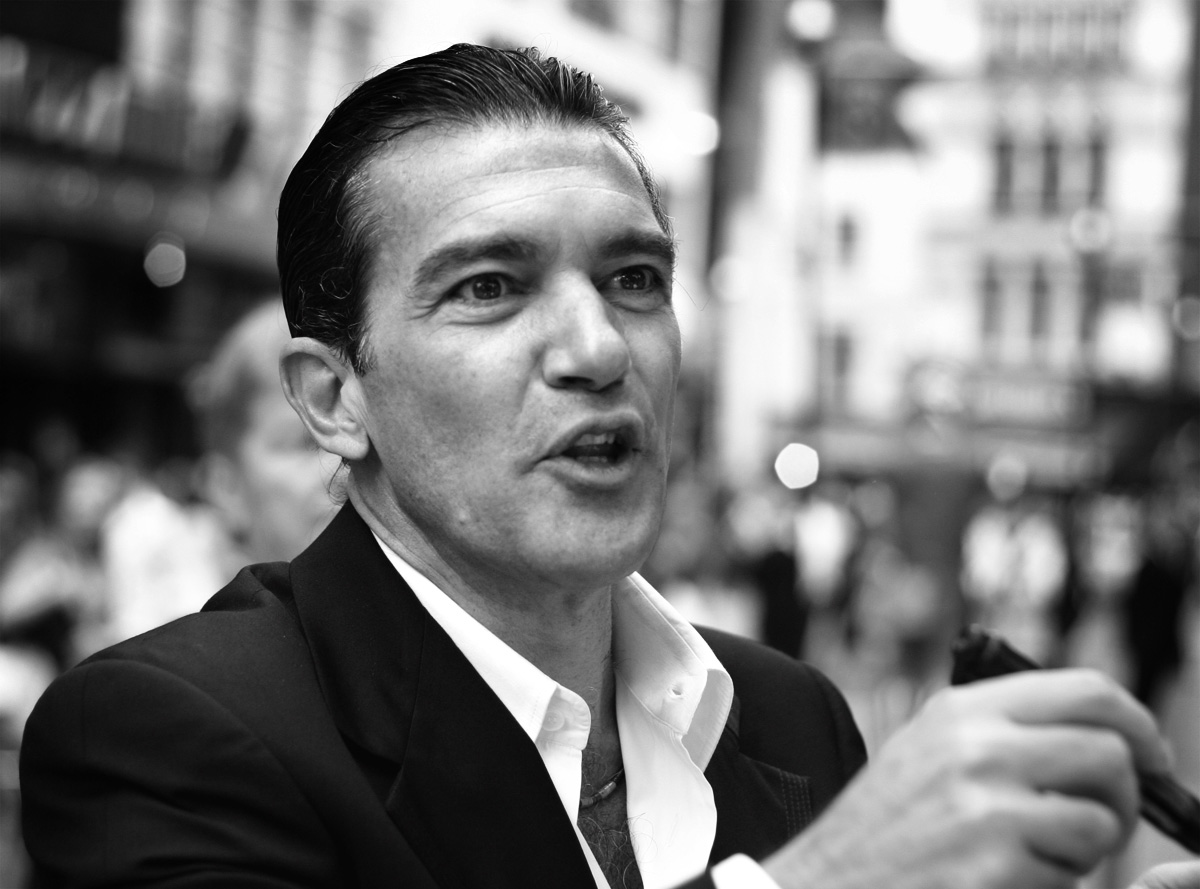
The current spirit of Málaga is unimaginable without Antonio Banderas. As he said just last week at the Marbella’s Starlite Foundation press event, he “earns money with movies to spend them in Málaga” – and that he does with incredible dedication! Having always celebrated his Malagueño heritage by telling the world of the virtues of his land, its people and grastronomy, Antonio Banderas purchased his favourite restaurant, El Pimpi, back in 2017. Rumour has it he spent the pandemic in a penthouse situated in the very same building at the heart of Málaga – and in the case of Banderas, who was never found guilty of Hollywood-style excess, it might be true. Teatro del Soho CaixaBank, another project born entirely from the actor’s enthusiasm and connections, is now an anchor for the city’s cultural life: “A Chorus Line”, directed by the Oscar-nominated actor himself, “Godspell” and other musicals fill up the program along with other events that add quality to Málaga’s creative agenda. The theatre’s surrounding area now features a versatile gastronomic offering too, thanks to Banderas’ three-million-euro investment that bought him four restaurants: El tercer acto, Doña Inés, La Barra de Doña Inés and Atrezzo. Banderas could have easily chosen Hollywood as his home base, and yet he consciously chooses his native city, over and over again. His latest aspirations include creating a world-class jazz club and scaling the success of Soho treater to the whole region. If such an endorsement doesn’t make you think that Andalucía is the place to be, we don’t know what would!
Federico García Lorca
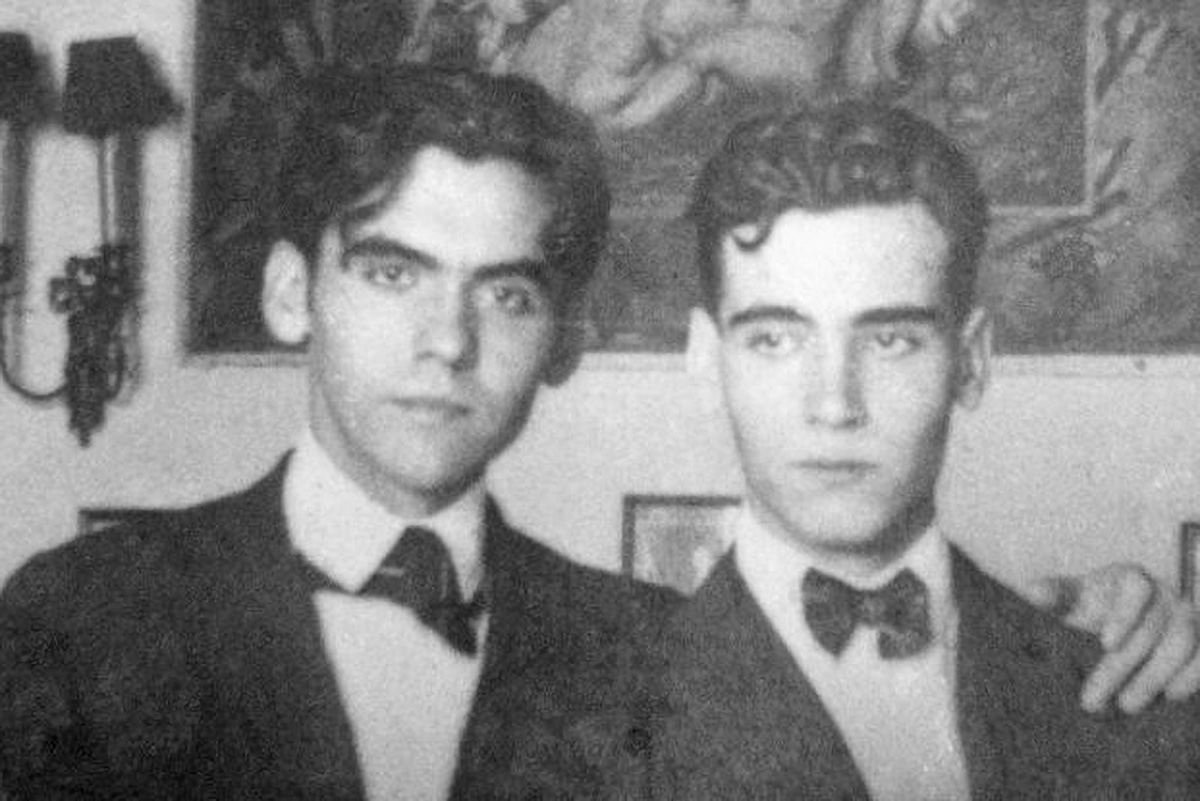
Federico García Lorca is a quintessentially Spanish poet, a symbol of the whole country and especially of Andalucía. Born near Granada in 1898 to a prosperous farming family, Lorca was strongly influenced by his cultivated mother, who taught him to play the piano and sing. Lorca was a man of the theatre and roamed Spain in a truck with a troupe of actors, staging farces and tragedies in village squares in the backwaters of Andalucía. He created many enemies among Spain’s right wing with his trilogy of plays focusing on the lives of women in Andalucía’s villages, often filled with shocking roughness. In 1936, General Franco launched his overthrow of the Republican Government and Andalucia was the first region to fall. Lorca was one of the 30,000 inhabitants of Granada to pay with their lives for having supported Spain’s fight for democracy. Lorca is presumed to be buried in a mass grave in Viznar, a village which lies at the foot of the Sierra Nevada Mountains.


